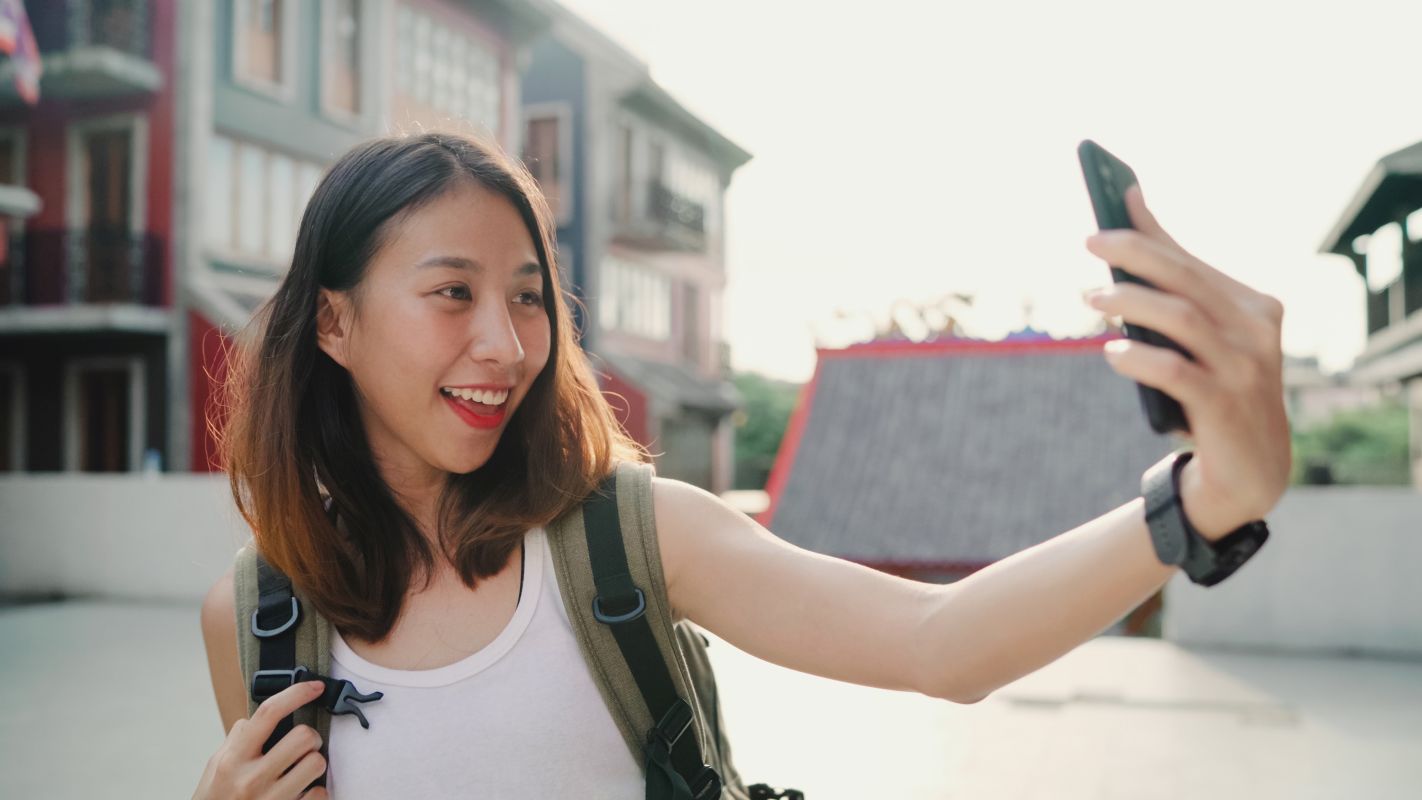US Congress approves spending extension, avoiding shutdown
The US Senate passed a spending measure early on Saturday, ensuring that federal government funding will continue through mid-March, the New York Times reported.
In the current study, the researchers analysed over 4,000 Instagram selfie photos with an equal proportion

(Representational Image: Getty Images)
It may not just be artists who make their eyes the centre-point of their own original work. New research suggests that Instagram users tend to compose selfies that horizontally centre on one of our eyes, particularly the left.
This alignment is because our eyes provide a wealth of information about our gaze direction and what we are paying attention to, which may in turn be used to share important information with the viewer about our mood and what we are thinking about, suggest the authors of the study.
Advertisement
“The core result of this study was to replicate my earlier finding that painters tend to centre one eye in portraits, throughout the centuries, in a modern version of which the selfie takers are simultaneously both the artists and the subjects of the portrait,” said Christopher Tyler, Professor at the University of London and a collaborator in the study.
Advertisement
“This centering tendency opposes the alternative possibility of placing the symmetric face symmetrically in the frame, which would avoid leaving the non-centered eye ‘out in the cold’. These results are important for understanding the perceptual principles in operation as these diverse ‘portraitists’ choose the framing and composition of their pictures,” Tyler said.
Previous research has suggested that painters apply the same eye-centering principle in their portraits of others and of themselves, whether knowingly or not, while other research has argued that the eye-centering phenomenon may just be a statistical artefact caused by random processes.
In the current study, the researchers analysed over 4,000 Instagram selfie photos with an equal proportion taken in the major cities of New York (US), Sao Paulo (Brazil), Moscow (Russia), Berlin (Germany) and Bangkok (Thailand).
The study subdivided the images into ‘standard selfies’ taken at arm’s length using a camera-phone or a similar digital device, or a ‘mirror selfie’ taken of the creator’s reflection through a mirror and including the digital device in shot. This is an important distinction, partly as it is needed to differentiate whether people have a left or right bias toward composing their selfies.
For each selfie the horizontal position of each eye relative to the centre-line of the image was measured, with the distance and direction of the closest eye recorded.
Statistical analyses applied to this information showed that the selfie creators tended to centre one of their eyes slightly to the left of centre of the selfie, and usually the left eye.
Interestingly, this centering tendency varied less among selfie subjects than expected if the phenomenon happened by chance, and was seen consistently across all the cities sampled in the study.
Advertisement